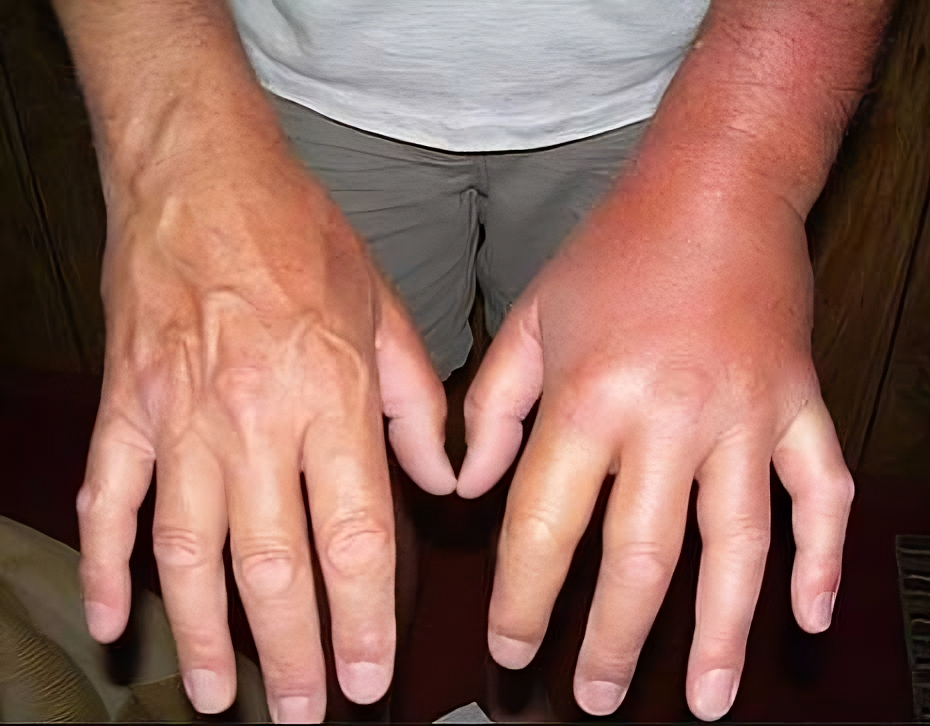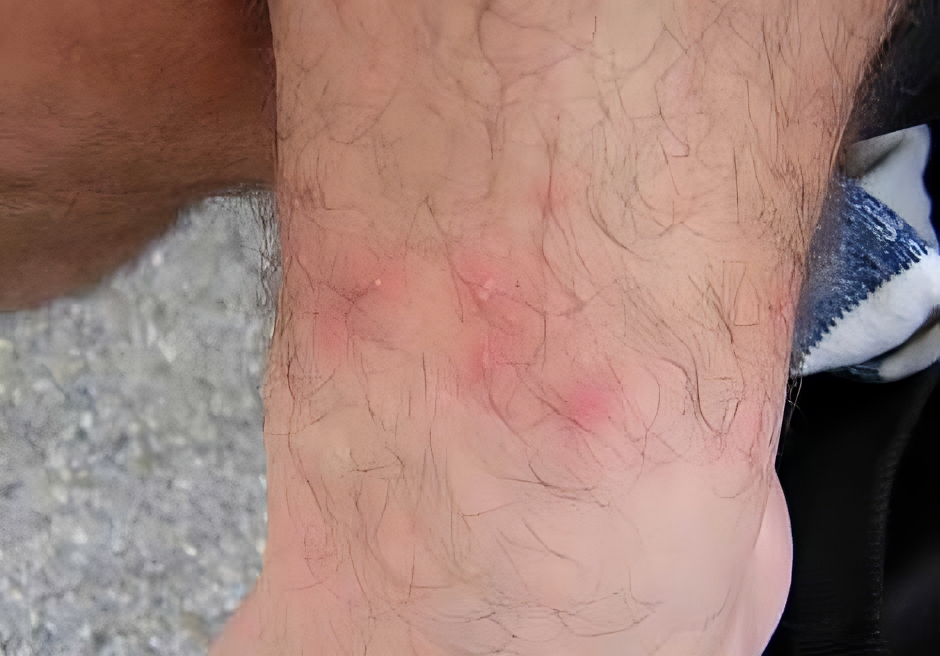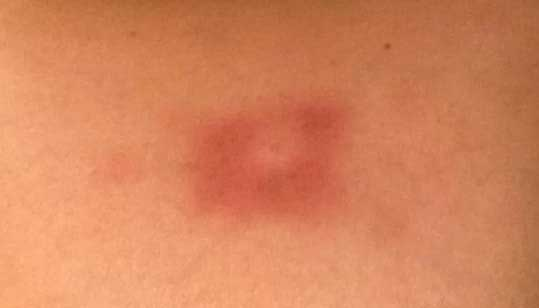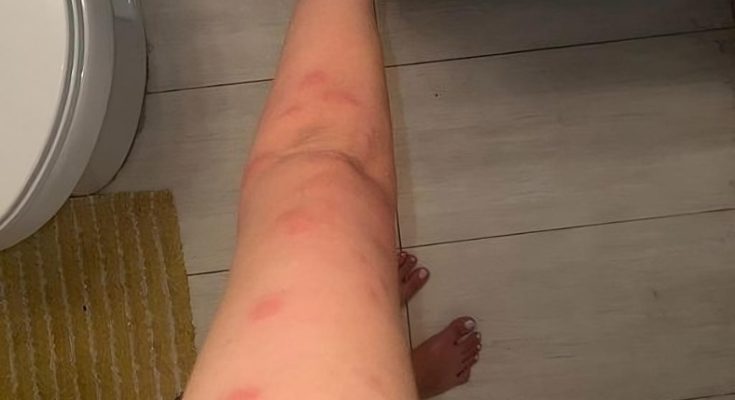Bug bites are an inevitable part of life, especially during the warmer months. While many bites are harmless, others can pose significant health risks, particularly for those with allergies or if the bite is from a venomous insect. Knowing how to identify different bug bites is crucial for both peace of mind and safety.
1. Mosquito Bites: The Classic Culprit

Mosquito bites are probably the most recognizable of all bug bites. These pesky insects leave behind small, red bumps that can vary in size.
- Appearance: Initially, they may appear as tiny, round bumps, but if the mosquito has had more time to feed, the bite could become more of an elongated shape.
- Symptoms: Mosquito bites are notorious for being incredibly itchy. Scratching can make the itch worse and potentially lead to infections.
- Tip: Applying anti-itch cream or using ice can help soothe the discomfort.
2. Flea Bites: Multiple and Itchy
Flea bites are common among people with pets or those in environments where fleas thrive. These bites tend to be clustered together and intensely itchy.
- Appearance: Flea bites are small, hard, red bumps that usually occur in groups. You’ll often find them on your ankles or lower legs.
- Symptoms: Extreme itchiness and sometimes swelling around the bite area.
- Tip: Fleas usually bite multiple times in one area, so if you notice this pattern, it’s likely you’re dealing with fleas.
3. Lice Bites: Tiny But Persistent
Lice bites are small and often overlooked because they are hidden in the hair or behind the ears.
- Appearance: Similar to flea bites, lice bites are small, red, and typically found on the scalp, back of the neck, or behind the ears.
- Symptoms: Persistent itchiness in the affected areas, sometimes leading to sores or infections from scratching.
- Tip: A thorough check of the scalp can help you confirm lice, as the bugs themselves or their eggs (nits) will be visible.
4. Bedbug Bites: Red and Itchy in Patterns
Bedbug bites can be incredibly frustrating because they often occur at night, leaving you waking up with red, itchy bumps. These bites tend to form in lines or clusters.
- Appearance: Red, swollen bumps often arranged in a zigzag or straight-line pattern.
- Symptoms: Intense itching that gets worse over time, redness, and swelling.
- Tip: If you suspect bedbugs, contact a pest control professional immediately. Bedbugs are notoriously hard to eliminate.
5. Tick Bites: Beware of the Bullseye

Ticks are more than just annoying; they can carry diseases like Lyme disease and Rocky Mountain spotted fever. Their bites are unique and easily identifiable.
- Appearance: Ticks embed themselves into the skin, leaving a bite mark with a red ring surrounding it (bullseye appearance).
- Symptoms: If not removed properly, ticks can remain attached and transmit diseases. Swelling, redness, and, in some cases, fever or flu-like symptoms may develop.
- Tip: Remove the tick carefully with tweezers and store it in a container for testing if necessary. Seek medical attention if symptoms worsen or if the tick is suspected of carrying diseases.
6. Wasp Stings: Sharp Pain and Swelling
Wasp stings are painful and can cause significant swelling at the sting site. Unlike bees, wasps can sting multiple times.
- Appearance: The sting site will appear red and swollen, with a small puncture mark in the center.
- Symptoms: Immediate pain followed by itching, swelling, and redness.
- Tip: Apply ice to reduce swelling and take an antihistamine to alleviate the itching.
7. Hornet Stings: Painful and Potentially Dangerous

Hornet stings are particularly painful due to their size and the amount of venom they inject.
- Appearance: Similar to wasp stings but often more severe, with large areas of swelling.
- Symptoms: Sharp pain, swelling, and redness. Severe allergic reactions are possible and can be life-threatening.
- Tip: If the sting causes difficulty breathing or widespread swelling, seek emergency medical attention immediately.
8. Bee Stings: Remove the Stinger ASAP
Bee stings are distinct because the bee leaves its stinger behind in the skin, which can continue to release venom until it’s removed.
- Appearance: A red, swollen bump with a visible stinger in the center.
- Symptoms: Immediate sharp pain followed by swelling, redness, and itching.
- Tip: Remove the stinger with tweezers and clean the area with soap and water. Apply ice to reduce swelling.
9. Red Ant (Fire Ant) Bites: Painful and Itchy

Fire ants are aggressive and their bites are both painful and itchy. These bites are distinct for their immediate pain followed by intense itching.
- Appearance: Red, raised welts that can turn into white, fluid-filled pustules.
- Symptoms: Instant pain followed by itching and swelling.
- Tip: Wash the area thoroughly and apply a cold compress to reduce swelling. Over-the-counter creams can help alleviate itching.
10. Spider Bites: Watch for Two Tiny Puncture Marks

Spider bites can vary depending on the species, but most bites are harmless. However, some can be dangerous, like bites from black widows or brown recluses.
- Appearance: Typically red and swollen with two tiny puncture marks where the spider’s fangs pierced the skin.
- Symptoms: Spider bites can range from mild discomfort and itching to more serious reactions like muscle pain, fever, or difficulty breathing in severe cases.
- Tip: If you suspect a bite from a venomous spider, seek medical attention immediately, as some bites can lead to serious complications.
Conclusion
Identifying common bug bites is essential for both treating the bite and knowing when to seek medical attention. While many bites are harmless and can be treated at home with basic first aid, others may require professional intervention, especially if they’re from venomous insects or ticks that carry diseases. The key is understanding the appearance and symptoms of each bite, so you can act quickly and appropriately. Keep this guide handy to help you identify bug bites, and always be cautious when spending time outdoors or in areas where these pests are prevalent.



